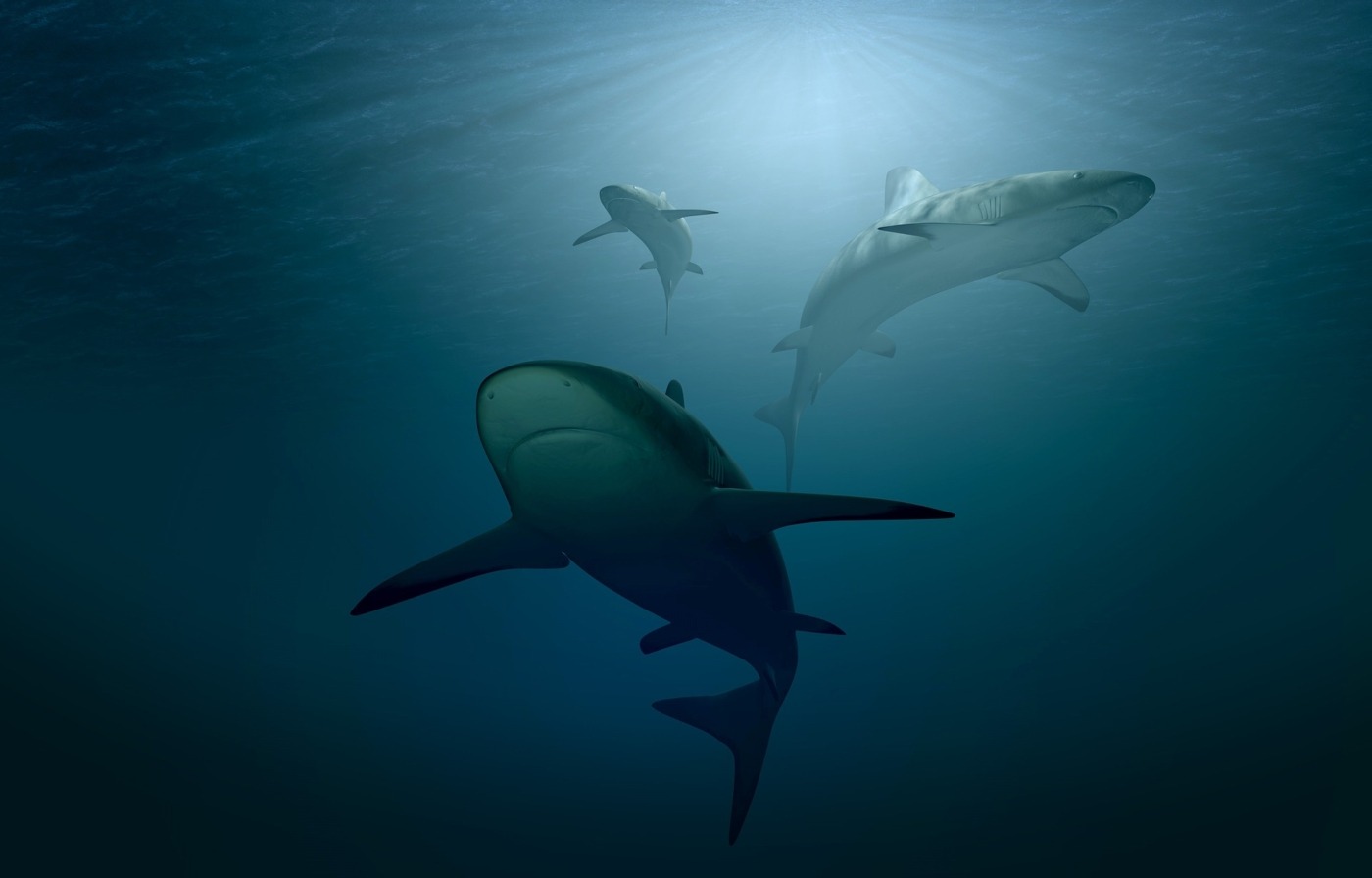The mystery of magnetoreception in animal navigation
The ability to navigate is an essential tool for most animal species to locate shelter, sources of food, and breeding grounds. For thousands of years, humans navigated using memorable landmarks and terrain, as well as the orientation of the sun and night sky. As early as 2000 years ago, Chinese scientists realised the potential to use iron needles, magnetised with a lodestone, to mark the direction north. An early concept of the compass was also developed by European scientists in the late 12th century, and over the following centuries, the use of the Earth’s magnetic field to navigate became widespread.
As revolutionary as this achievement was, we were far from the first species to use the Earth’s magnetic field to point us in the right direction. For animals that spend large amounts of their lives high in the sky or deep in the ocean, using memorable terrain to navigate simply isn’t an option. Many of these species have evolved to employ a far more advanced technique to both orient themselves and map their surroundings. The Earth’s magnetic field is similar to that of a bar magnet, and so its orientation and strength across the Earth’s surface provide a continuous source of locational information. The incredible ability to tap into this wealth of knowledge is known as magnetoreception, and it remains one of the greatest mysteries to sensory biologists to this day.
We were far from the first species to use the Earth’s magnetic field to point us in the right direction
Despite the mysteries surrounding how animals are able to sense the Earth’s magnetic field, magnetoreception is present across a huge range of species such as insects, birds, sea turtles, and crustaceans. According to research by Eric. J. Warrant on migratory birds, there are currently two main hypotheses for the biological mechanisms of this sixth sense. The first of these mechanisms could explain how animals are able to map out their surrounding from variations in the Earth’s magnetic field. The hypothesis proposes that these species contain a compound of oxidized-iron crystals, known as magnetite. These crystals align with the Earth’s magnetic field as the animal rotates, exerting a rotational force on the magnetoreceptors that they are in contact with.
The second hypothetical mechanism is that when a particular type of protein, known as a cryptochrome protein, absorbs photons of light, they form magnetically sensitive chemical intermediates called radical pairs. The yield of this reaction is thought to vary with its orientation to the Earth’s magnetic field and so signals which direction the body is facing. Warrant proposes that these mechanisms might not be mutually exclusive, noting that: “birds might possess both, using magnetite for their ‘magnetic-map’ sense and cryptochromes for their ‘magnetic-compass’ sense.”
Sharks have been observed to travel long distances to the same feeding grounds every year and are already known to be receptive to electric fields. Bryan Keller, a biologist at Florida State University, conducted an experiment to verify whether sharks also show signs of being receptive to magnetic fields. His team placed 20 bonnethead sharks into a large tank and generated a magnetic field in a small region that mimicked the field of Florida’s Gulf Coast. As predicted, the sharks all began swimming towards the region, confirming Keller’s theory that bonnethead sharks are able to use magnetoreception to locate their feeding grounds. Following these results, Keller said: “Given that the magnetic field is perhaps the only constant and ubiquitous cue available to these migratory sharks, it is sensible that magnetic-based navigation is responsible for facilitating these incredible navigational successes.”
The list of animals that use magnetoreception to navigate is extensive. Adult loggerhead sea turtles have a well-developed magnetic sense that allows them to return to their breeding grounds. The desert ant Cataglyphis uses a magnetic compass to transition from its early life underground to foraging on the surface. There is also evidence to suggest homing pigeons use a variety of compasses, including the Earth’s magnetic field, to guide themselves home. The sophistication of these techniques is a testament to the power of evolution in allowing animals to thrive in otherwise inhospitable locations. There is still much to learn about the mechanisms of magnetoreception, and sensory biologists may just be scratching the surface of these species’ extraordinary abilities to navigate and survive.


Comments